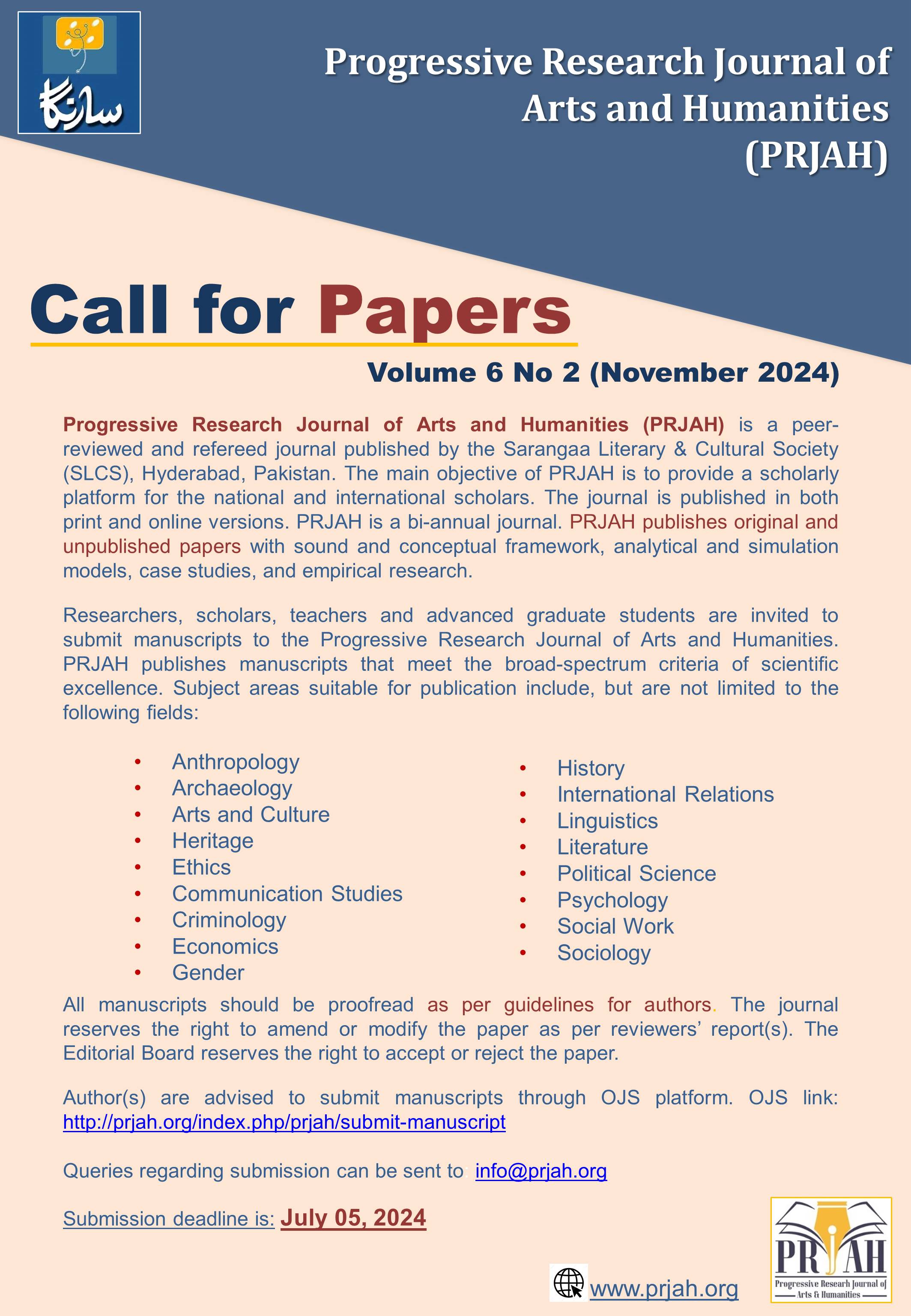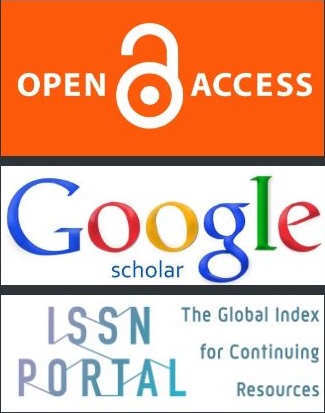Changing Dynamics of Sectarianism in Pakistan
A Historical Account
DOI:
https://doi.org/10.51872/prjah.vol6.Iss2.356Keywords:
Sectarianism, Sectarian Violence, Islamization, History, PakistanAbstract
In Pakistan, sectarianism is generally taken as a conflict between the Sunni majority and the Shia minority. This narrative is vague, making it difficult to understand who is battling whom. Factually speaking, these two sects are not homogeneous; instead, they each have their sub-sects with different schools of thought. For example, the Sunnis are divided into several groups, including Brailvis, Deobandis, Wahabis, and Ahle Hadith. In contrast, the Shia sect includes Ithna Ashari, Zaidis, Isma'ilis, and Bohris. The paper explores a historical account of sectarianism (both inter- and intra-sect) in Pakistan with special reference to its changing dynamics over the years. The paper applies a historical approach to delineate this phenomenon thoroughly while using primary and secondary sources, i.e., archival records, original sources, books, research journals and magazines, electronic sources, etc. A key finding of this research is that Pakistan has been the victim of both inter- and intra-sect disputes and violence since its emergence, rather than considering it as the development of General Zia-ul-Haq’s period and onwards. It is a significant historical truth that researchers and authorities on sectarianism and sectarian violence in Pakistan have not adequately acknowledged or highlighted so far. Thus, academic misconceptions in this regard led to the distortion of historical facts in the course of time.
References
Abbas, H. (2010). Shiism and sectarian conflict in Pakistan: Identity politics, Iranian influence and tit-for-tat violence. Occasional Paper Series. 1–51. Retrieved from https://ctc.westpoint.edu/wp-content/uploads/2011/05/CTC-OP-Abbas-21-September.pdf
Afzal, Saima. Iqbal, Hameed. Inayat, Mavara. (November-December 2012). Sectarianism and its implications for Pakistan security: Policy recommendations using an exploratory study. IORS Journal of Humanities and Social Science, 4(4). 19–26. Retrieved from https://www.iosrjournals.org/iosr-jhss/papers/Vol4-issue4/D0441926.pdf
Ahmad, Mumtaz. (Spring & Fall 2003). Shi’i Political Activism in Pakistan. Studies in Contemporary Islam, 5(1-2). 57–71.
Ahmad, M. (1998). Islamization and Sectarian Violence in Pakistan. Intellectual Discourse, 6(1). 11–37. Retrieved from https://journals.iium.edu.my/intdiscourse/index.php/id/article/view/417/367
Ahmar, M. (2008). Sectarian conflicts in Pakistan. Pakistan Vision, 9(1). 1–19. Retrieved from https://humanitarianlibrary.org/sites/default/files/2014/02/Moonis%20Ahmar-1.pdf
Ahmed, K. (2011). Sectarian War: Pakistan's Sunni-Shia violence and its links to the Middle East. Karachi: Oxford University Press.
CIA. (1984). Pakistan and the Afghan Refugees.
Grare, F. (2007). The Evolution of Sectarian Conflicts in Pakistan and the Ever-Changing Face of Islamic Violence. South Asia: Journal of South Asian Studies, 30(1). 127–134. https://doi.org/10.1080/00856400701264068
Haqqani, H. (2006). Weeding out the heretics: Sectarianism in Pakistan. In Hillel Fradkin. Hussain Haqqani and Eric Brown (eds.), Current Trends in Islamist Ideology. Washington D.C.: Hudson Institute Inc. Retrieved from https://www.hudson.org/content/researchattachments/attachment/1177/200702021_current_trends_v4.pdf
Hasan, H. (2011). From the Pulpit to AK-47: Sectarian conflict in Jhang, Pakistan. Pakistan Journal of History and Culture, XXXII(2). 67–87. Retrieved from https://www.nihcr.edu.pk/Latest_English_Journal/3.%20From%20the%20Pulpit,%20Hamza%20Hassan.pdf
Downloads
Published
How to Cite
Issue
Section
License
Copyright (c) 2025 Progressive Research Journal of Arts & Humanities (PRJAH)

This work is licensed under a Creative Commons Attribution 4.0 International License.







